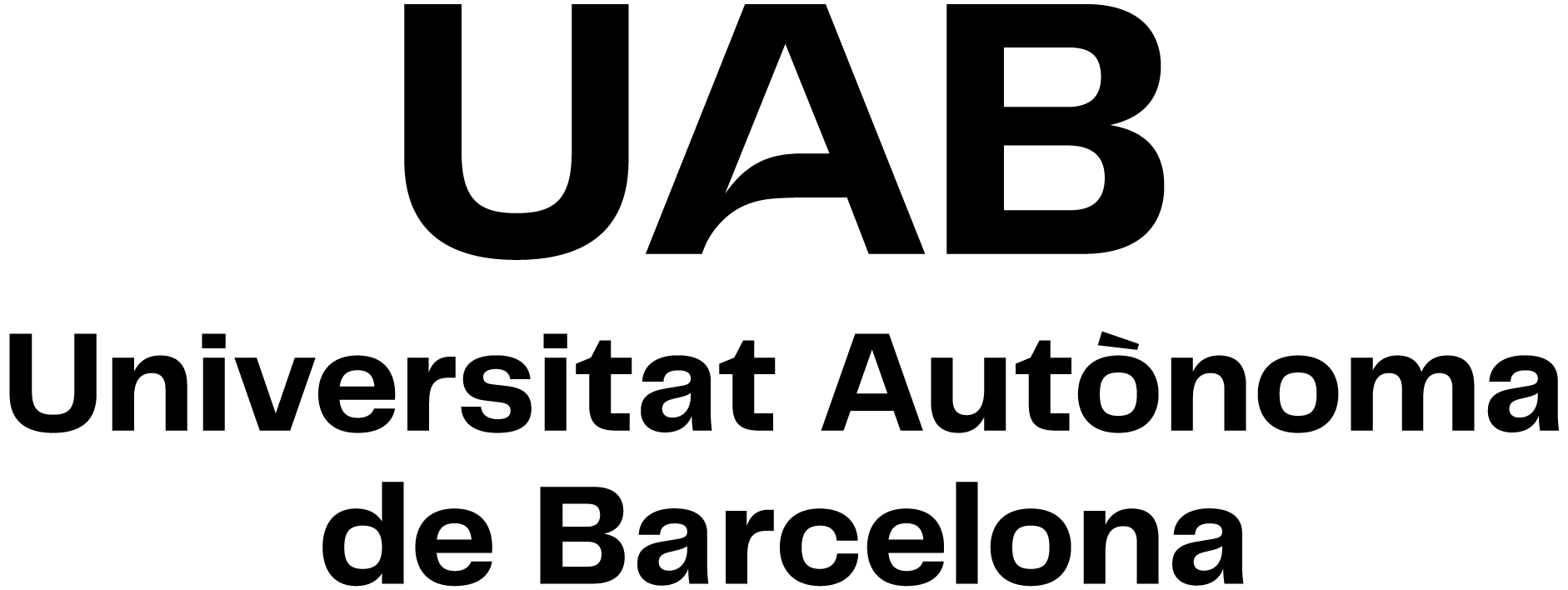
Heat Transfer
Code: 102440 ECTS Credits: 4| Degree | Type | Year | Semester |
|---|---|---|---|
| 2500897 Chemical Engineering | OB | 3 | 1 |
Contact
- Name:
- David Gabriel Buguņa
- Email:
- David.Gabriel@uab.cat
Use of Languages
- Principal working language:
- catalan (cat)
- Some groups entirely in English:
- No
- Some groups entirely in Catalan:
- Yes
- Some groups entirely in Spanish:
- No
Prerequisites
It is recommended to have passed the following subjects:
- Basic Operations of Chemical Engineering
- Applied thermodynamics
Objectives and Contextualisation
The objective of the subject is the study of the principles of heat transmission and its application to the calculation and design of heat exchangers and evaporators.
Competences
- Demonstrate knowledge of the different reaction, separation and processing operations for materials, and transport and circulation of fluids involved in the industrial processes of chemical engineering.
- Develop thinking habits.
- Objectively compare and select different technical options for chemical processes.
- Work in a team.
Learning Outcomes
- Develop scientific thinking.
- Identify the fluid circulation operations involved in the design of heat transmission systems.
- Objectively compare and select the different technical options for heat transmission systems.
- Work cooperatively.
Content
THEME 1: Introduction to Heat Transfer
Energy of a system: total energy, heat energy and mechanical energy.
Transmission mechanisms: conduction, convection and radiation
Heat energy transmission and Chemical Engineering
THEME 2: Heat transfer by conduction in solids
Steady state conduction
Estimation of properties: thermal conductivity and diffusivity
Resistances in series
Radial conduction
THEME 3: Convection heat transfer
Individual heat transfer coefficient and dimensionless modules
Determination of individual coefficients
Heat transfer in a fluid without phase change
Heat transfer in a fluid with phase change: condensation of vapors, boiling of liquids.
THEME 4: Fundamentals of heat exchangers
Fluid-fluid heat transfer through a wall
Overall heat transfer coefficient
Fouling factors
Design equations of concentric tube hat exchangers
THEME 5: Description and design of heat exchangers
Classification and description of heat exchanger configurations
General methods of heat exchanger calculations
Design by the Kern method
THEME 6: Description and design of evaporators
Classification, description and operation of evaporators
Single effect evaporators
Multiple effect evaporators
Methodology
THEORETICAL LECTURES:
There will be lectures in which the basic concepts of the syllabus will be introduced. Whenever possible, audiovisual and interactive material to help understand concepts will be used. This material will be available in Moodle before the theoretical sessions are held
PROBLEM SEMINARS:
The teacher and the students will solve problems related to the subject exposed in the theory classes. The problems will be proposed by the teacher either from "adhoc" or from the proposed problems available in a collection of exercises available in Moodle. The latter will also allow autonomous student learning through the autonomous resolution of exercises out of the seminar sessions.
TUTORIES:
Individual sessions or small groups for the resolution of doubts related to the subject.
HOMEWORK:
Knowledge will be achieved through autonomous learning by students based on literature searches and the realization of a homework in group that will consist of the design of a Shell & Tubes heat exchanger. The teacher will provide a guided document with the specific considerations of the work (index, objectives, extension, bibliography, number of students per group etc ...).
The works must be submitted (in text format) following the period that will be indicated during the course and according to the teacher's instructions. Evaluation criteria and assessment will be provided by the teacher as well.
LECTURES PROGRAMMING:
The programming of all the sessions of the subject will be uploaded to Moodle at the beginning of the semester. Any modification of the sessions will be communicated to the students well in advance through the tool
of "News" of Moodle.
Activities
| Title | Hours | ECTS | Learning Outcomes |
|---|---|---|---|
| Type: Directed | |||
| Practical exercises seminars | 13 | 0.52 | 3, 1, 2, 4 |
| Theoretical lectures | 20 | 0.8 | 3, 1, 2 |
| Type: Supervised | |||
| Tutories | 4 | 0.16 | 3, 1, 4 |
| Type: Autonomous | |||
| Homeworks | 20 | 0.8 | 3, 1, 2 |
| Literature search | 4 | 0.16 | 3, 1, 2 |
| Solving practical exercises | 24 | 0.96 | 3, 1, 2, 4 |
| Study | 10 | 0.4 | 3, 1, 4 |
Assessment
Please refer to the Catalan or Spanish version of the Heat Trasnfer syllabus for further details
Assessment Activities
| Title | Weighting | Hours | ECTS | Learning Outcomes |
|---|---|---|---|---|
| Heat Exchanger design Homework | 15 | 0 | 0 | 3, 2, 4 |
| Theoretical exam 3 | 15 | 1 | 0.04 | 3, 1, 2 |
| Theoretical-practical exam 1 | 35 | 2 | 0.08 | 3, 1, 2 |
| Theoretical-practical exam 2 | 35 | 2 | 0.08 | 3, 1, 2 |
Bibliography
Procesos de transferencia de calor
D. Q. Kern, Compañía Editorial Continental.
Flujo de fluidos. Intercambio de calor.
O. Levenspiel. Editorial Reverté.
A Heat Transfer textbook
John H. Lienhard IV; John H. Lienhard V. Editorial PHLogiston Press.
The properties of gases and liquids
R.C. Reid, J.M. Prausnitz, B.C. Polling, 4th Edition. McGraw-Hill.
Modelling in Transport Phenomena
I.Tosun, Editorial Elsevier, 2002
Transport Processes and Separation Process Principles
C.J. Geankoplis, Editorial Prentice Hall.
The Chemical Engineering Guide to Heat Transfer
Volume I: Plant Principles.
Volume 2: Equipment.
Editorial McGraw-Hill.
Chemical Engineering. Volume 6. Design.
J. M. Coulson. J.F. Richardson. Editorial Pergamon Press.
Perry’s Chemical Engineering Handbook
Perry, R. H. Editorial McGraw-Hill.